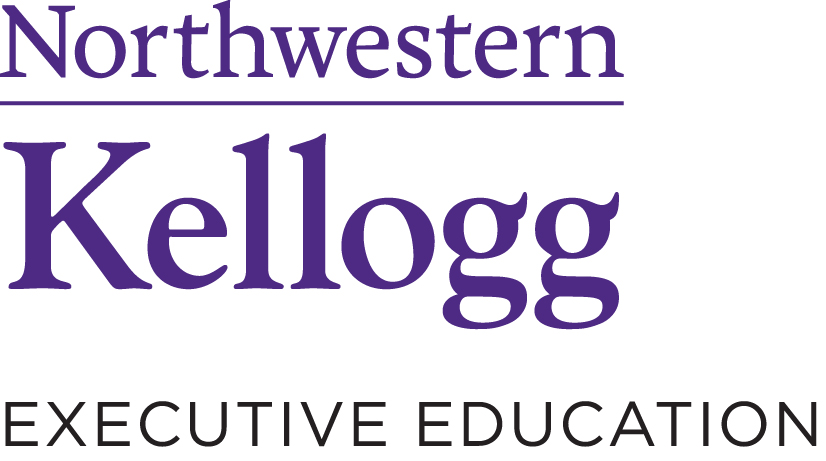- Leadership
Stewardship, Performance and Innovation
Introducing the ‘Stewardship Climate Scale’ as a tool for measuring corporate culture
'Steward leadership' is closely related to 'servant leadership', but whereas servant leadership theory is defined around the identity and behaviour of the leader as an individual, steward leadership's focus is on the organization and describes the commitment of managers and employees to the success of the company above their own individual interests.
A stewardship climate is one in which stewardship is rewarded by leaders and shared by employees in the company. New research from Professor Justin Craig at Kellogg School of Management Northwestern University, and colleagues at the University of Oregon, Saint Louis University, and the University of Mississippi, builds on the six acknowledged dimensions of steward leadership to develop a ‘Stewardship Climate Scale’ – a valuable tool for measuring your company’s culture.
Past research has identified these six dimensions of stewardship:
- Intrinsic motivation. Employees are intrinsically motivated to work on behalf of the organization.
- Organizational identification. Leaders and employees identify with the organization’s mission, vision and objectives.
- Personal power. Rather than depend on power conferred by one’s position, stewards prefer to use personal power built on trust-based interpersonal relations.
- Collectivism. Stewardship promotes the collective good and organizational goals — goals to which individuals identify and are committed.
- Low power distance. Unlike high power distance organizations, in which power is concentrated at the top and hierarchical position confers privileges, low power distance organizations are egalitarian, with members treated equally.
- High involvement orientation. Related to low power distance, members in stewardship climates are involved in decision-making and important organizational processes.
The research team distilled out a number of keys to measuring each of the six dimensions. For example, to measure organizational identification, the Stewardship Climate Scale would ask respondents, “To what extent do the following statements reflect the beliefs of the employees of your company?
- The company’s successes are the employees’ successes.
- When someone praises the company, it feels like a personal compliment.
- Employees feel a sense of ‘ownership’ for this organization rather than just being an employee.”
Perhaps unsurprisingly the survey confirmed that family firms were more likely to have a stronger stewardship climate than non-family firms.
The researchers also focused on the relationships between three factors: stewardship climate (as defined by the Stewardship Climate Scale); innovativeness (using a 6-item measurement instrument); and business performance (as defined by a variety of performance indications, including return on sales, return on assets and market share growth). This analysis revealed that:
- There is no directlink between stewardship climate and business performance.
- There is a link between innovativeness and business performance.
- There is a link between stewardship climate and innovativeness, but only in family firms.
- As a result, there is an indirect link, through innovativeness, between stewardship climate and business performance, but only in family firms.
In short, stewardship climate is i) more likely to exist in family firms, and ii) more likely to improve the business performance of family firms than nonfamily firms, although through the median of innovativeness.
For business owners and executives – whether in family firms or nonfamily firms – the confirmation of the six dimensions as indicators of stewardship offers a rigorous framework for:
- Measuring whether your company’s culture encourages and enables a stewardship mentality (i.e. whether it has instilled a stewardship climate); and
- Highlighting areas of improvement for strengthening the company’s stewardship climate.
For example, organizational leaders may not realize the impact of high power distance on employee motivation or firm innovation. Family members may assume that they are entitled to make all of the important decisions or monopolize the important tasks. The Stewardship Climate Scale measurement items related to power distance are revealing. If a survey team asked your employees the following three questions, how would they respond?
- Managers make most decisions without consulting subordinates.
- Managers frequently use authority and power when dealing with subordinates.
- Managers do not delegate important tasks to employees.
If your employees are likely to respond affirmatively to these statements, you may have discovered one of the underlying reasons for your firm’s lack of innovation.... And this is just one measure.
Kellogg School of Management runs these programs aimed specifically at the leaders and directors of family businesses:
Governing Family Enterprises: Enhance Your Board’s Effectiveness
Family Enterprise Boards: A Program for Current and Prospective Directors
Access the research paper: Stewardship Climate Scale: An Assessment of Reliability and Validity. Justin B. Craig, Clay Dibrell, Donald O. Neubaum, Christopher H. Thomas. Family Business Review (January 2017)
The Kellogg School of Management at Northwestern University is recognized globally as a pioneer in general management education that offers innovative academic opportunities for today’s leading thinkers
ARTICLES YOU MIGHT LIKE
RESEARCH
Why organizational resilience requires adaptive leadership particularly in times of crisis
DEVELOPING LEADERS QUARTERLY MAGAZINE AND WEEKLY BRIEFING EMAILS


































